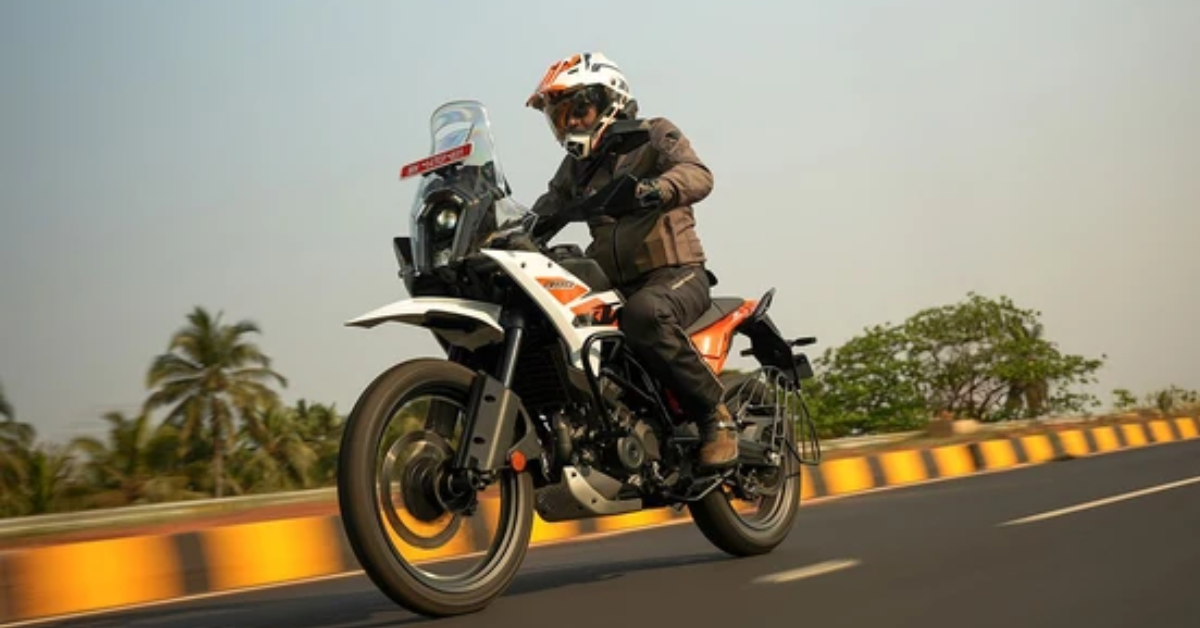In a landmark development that is set to reshape the global motorcycle industry, Bajaj Auto, one of India’s most influential two-wheeler giants, has taken a decisive step toward increasing its control over the parent company of KTM, Husqvarna, and GasGas. This strategic move will result in a name change at the parent organization, signaling a major transition in ownership structure, brand identity, and long-term strategic direction.
Bajaj Auto and KTM have had a long-standing partnership for nearly two decades. What began as a share acquisition in the mid-2000s evolved into one of the most successful global alliances in motorcycle history. With Bajaj now strengthening its grip on the parent company, the rebranding marks the beginning of a new chapter—a shift toward deeper Indian influence in what has traditionally been a European-led motorcycle ecosystem.
Here is a detailed look at what this takeover means, why it happened, and its widespread impact on global motorcycling.
✅ A Powerful Alliance: The History Behind Bajaj and KTM
Before understanding the new developments, it’s important to revisit the partnership’s roots.
🔹 Early Investments
Bajaj first acquired a stake in KTM in 2007, gradually increasing its share over the years.
🔹 Joint Product Development
This partnership created globally successful models like:
- KTM Duke series
- KTM RC series
- Husqvarna Vitpilen and Svartpilen
- GasGas small-capacity motorcycles
These bikes were developed jointly and manufactured in India by Bajaj at its Chakan plant.
🔹 Global Impact
Today, Bajaj-manufactured KTM and Husqvarna motorcycles are exported to markets worldwide, making India a critical hub for KTM’s global distribution.
✅ The Takeover: Bajaj Gains Larger Control
Bajaj Auto’s latest move increases its holding in KTM’s parent company, enabling it to influence strategic decisions more strongly than ever before.
What the Takeover Means:
- Bajaj now has a decisive say in board-level decisions
- The parent organization will undergo a name change
- Strategic direction will shift toward emerging markets
- Production decisions, model platforms, and supply chains will align more closely with Bajaj
This marks one of the most significant cross-continental automobile collaborations led by an Indian manufacturer.
✅ Why a Name Change Was Necessary
The name change at the parent company symbolizes a new era of leadership.
While KTM AG (the motorcycle brand) will continue operating under its own identity, the holding company—previously representing Austrian leadership—will now reflect a more globally aligned structure influenced by Bajaj.
Reasons Behind the Name Change:
- Board restructuring after Bajaj’s increased stake
- Unified identity representing KTM, Husqvarna, GasGas, and Bajaj
- Alignment with new long-term corporate goals
- Modernization of brand architecture
- Signaling global investors and markets about the shift
This rebranding is not cosmetic—it reflects deeper organizational realignment.
✅ Impact on KTM, Husqvarna & GasGas
The takeover is expected to influence all three major European motorcycle brands under the parent company.
✅ 1. KTM
KTM, the flagship brand, will:
- Continue innovating in performance motorcycles
- Expand production in India for global markets
- Introduce more mid-capacity motorcycles
- Strengthen premium segment dominance
The brand’s aggressive styling and performance-oriented DNA will remain unchanged.
✅ 2. Husqvarna
Husqvarna is likely to:
- Expand its urban street motorcycle lineup
- Strengthen electric mobility initiatives
- Introduce smaller-capacity models manufactured in India
Husqvarna’s minimalist Scandinavian identity will be retained.
✅ 3. GasGas
For GasGas, the takeover opens doors for:
- More accessible models for off-road and motocross markets
- Increased India-based production
- Wider global reach
GasGas may launch new segments including street-oriented models using shared platforms.
✅ Bajaj’s Strategic Goals Behind the Takeover
Bajaj Auto has become one of the most influential motorcycle manufacturers in the world. The takeover aligns perfectly with its long-term ambitions.
✅ 1. Strengthen its Global Footprint
Bajaj aims to establish itself as a global powerhouse, not just an Indian manufacturer.
✅ 2. Increase EV Capabilities
KTM and Husqvarna are working on multiple electric two-wheelers. Bajaj’s control over the parent firm will accelerate:
- Electric Dukes
- Electric Supermotos
- Urban electric mobility solutions
✅ 3. Expand Manufacturing in India
India offers lower production costs and world-class manufacturing quality. Bajaj can now steer more production of small and mid-capacity motorcycles to Indian plants.
✅ 4. Enhance Profits Through Exports
Exporting KTM, Husqvarna, and GasGas bikes from India increases margins and cost efficiencies.
✅ 5. Influence Future Product Strategies
Bajaj can now push for:
- More India-focused performance motorcycles
- Affordable global models
- Rapid releases across segments
This takeover gives Bajaj control over product direction for years to come.
✅ Impact on the Global Motorcycle Market
This takeover and the subsequent name change will send strong ripples through the global motorcycle industry.
✅ 1. India’s Growing Dominance in Global Manufacturing
India is emerging as the world’s primary hub for mid-capacity motorcycles. Bajaj’s takeover reinforces this position.
✅ 2. Stronger Competition for Japanese Brands
Yamaha, Honda, Kawasaki, and Suzuki will face tougher competition in the 250cc–500cc segment.
✅ 3. Increased Accessibility to Premium European Brands
More KTM, Husqvarna, and GasGas models will become affordable due to India-based manufacturing.
✅ 4. Accelerated Electric Motorcycle Development
The collaboration will advance global EV motorcycle technology.
✅ What This Means for Indian Buyers
Indian motorcyclists will benefit significantly from this takeover.
✅ More Models Manufactured in India
This means:
- Lower costs
- Better spare part availability
- Faster service support
✅ Future India-Specific KTMs
India may see:
- More street bikes under 500cc
- Affordable adventure bikes
- New performance-oriented models
✅ Improved Quality Standards
Bajaj’s production facilities already meet international standards, and the takeover will bring further improvements.
✅ Will Bajaj Introduce New Co-Branded Motorcycles?
There is a strong possibility.
Bajaj may explore:
- Joint-branded models (like Triumph-Bajaj partnership)
- KTM-powered Bajaj motorcycles
- Shared platforms for street and adventure bikes
This would increase Bajaj’s presence in premium segments.
✅ The Future: A Stronger, More Global Brand Ecosystem
With Bajaj having greater control, the parent company will likely evolve into a stronger corporation that unifies multiple motorcycle brands under one strategic umbrella.
What the Future May Hold:
- More global launches made in India
- Rapid expansion into Africa, Latin America, and Southeast Asia
- Major push into electric motorcycles
- Shared innovation and R&D across brands
This takeover is not just a business move—it represents a shift in global motorcycle leadership.
✅ Final Thoughts
Bajaj Auto’s takeover leading to a name change at KTM’s parent company marks a monumental moment in the history of modern motorcycling. It symbolizes India’s growing power in the global automotive world and sets the stage for rapid innovation in performance motorcycles, electric mobility, and worldwide expansion.
For KTM, Husqvarna, GasGas, and Bajaj, this rebranding signifies unity, strength, and a new strategic direction. For riders across the world—especially in India—it promises more exciting, affordable, and advanced motorcycles in the years ahead.

